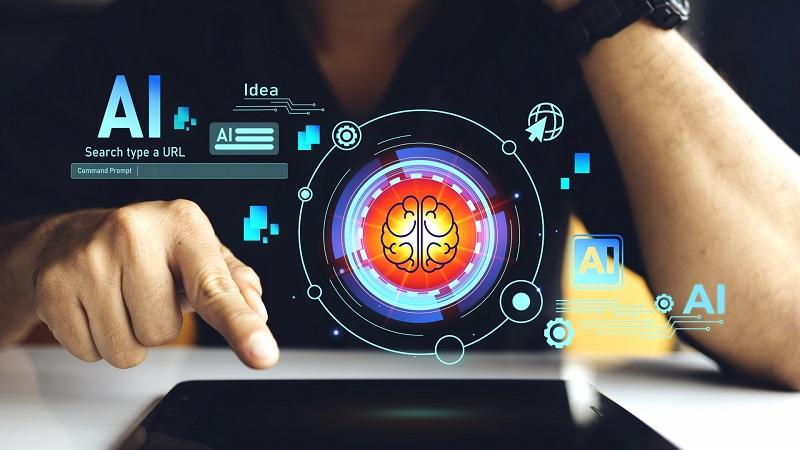The AI-Powered Factory: A Deep Dive into the Generative AI in SDLC Industry

The Generative Ai In Software Development Lifecycle industry is a groundbreaking and defining sector of the current technology revolution, focused on applying artificial intelligence to augment and accelerate the very process of creating software. It is an industry that is transforming software development from a purely human craft into a collaborative partnership between human creativity and machine intelligence. The industry's profound potential to unlock unprecedented levels of productivity and innovation is a key reason for its projected growth to a market valuation of USD 75.26 billion by 2035. This expansion, advancing at an explosive CAGR of 31.66% during the 2025-2035 forecast period, underscores the industry's role as the engine of the next great wave of technological advancement.
A defining characteristic of this industry is its position at the absolute cutting edge of AI research and development. The industry is built on a foundation of large language models (LLMs) that are some of the most complex and powerful software artifacts ever created. The development of these models is the domain of a few elite AI research labs and the R&D departments of the world's largest tech companies. The industry is characterized by a breathtaking pace of innovation, with new, more capable models being released every few months, each one unlocking new possibilities for what an AI co-pilot can do. This relentless, research-driven innovation cycle is a core feature of the industry and a primary driver of its dynamism.
The industry's supply chain is highly concentrated and technology-intensive. It begins with the massive computational infrastructure—the supercomputer-scale clusters of GPUs—required to train the LLMs. This hardware layer is a critical and expensive foundation. The next layer is the foundational model providers, the AI labs that create the core LLMs. The third layer is the application providers, the companies that build the end-user tools like AI code assistants on top of these foundational models. This creates a powerful ecosystem dynamic, where the application vendors are heavily dependent on the continued innovation and API access provided by a very small number of core model providers, a key structural feature of the industry.
The industry is also having a profound and immediate impact on the software development profession and the broader tech talent market. It is changing the very nature of what it means to be a developer. The demand for rote coding skills may decrease, while the demand for skills in software architecture, system design, critical thinking, and, crucially, the ability to effectively collaborate with and prompt an AI will increase dramatically. The industry is not just creating tools; it is creating a new way of working and a new set of required skills for the 21st-century software engineer. The long-term impact on education, training, and the structure of engineering teams will be a major and ongoing story.
Explore Our Latest Trending Reports:
- Art
- Causes
- Crafts
- Dance
- Drinks
- Film
- Fitness
- Food
- Jogos
- Gardening
- Health
- Início
- Literature
- Music
- Networking
- Outro
- Party
- Religion
- Shopping
- Sports
- Theater
- Wellness


